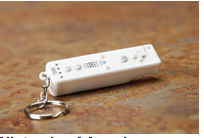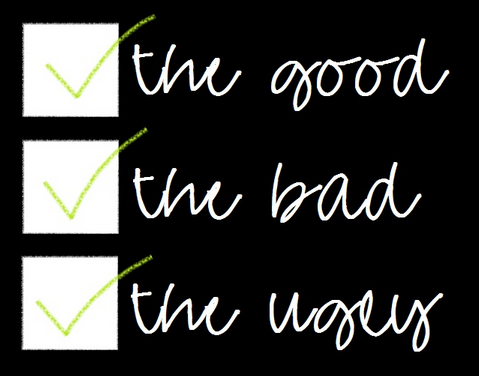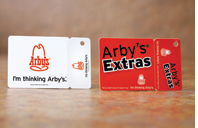There are many opinions for promotional materials that can be used to educate and help consumers remember your brand, product or service. Fragmented and saturated consumer markets, coupled with a soft economy, have forced companies to find new ways to attract attention from their target market and beyond.
Much like a good promotion, the objective of good promotional materials is to get people talking, to start a conversation, to provide a springboard, to further dialogue, to garner interest in your brand and to stay relevant and memorable. Whether it is a sales kit, a flyer, an advertisements, samples, frequent shopper card or collectible “swag” – you have to be sure the materials are designed to raise visibility of a product or service.
One way to look at the positive side of promotional materials is to look at your ROI. Your cost per impression is generally $.005/impression versus the more expensive options of traditional/interactive advertising which can be upwards of $.058/impression and higher.
With those numbers in mind, your promotional materials can provide a cost effective way to play a pivotal role in your business strategy. If used creatively, promo items can be an integral and strategic part of an awareness campaign, product launch or even a charity event.

A unique example of a successful promotion, that used cohesive materials and products, was during the post-launch of the new Wii game system by Nintendo America. The parent company (Nintendo) recognized that the most unique aspect of the new Wii game system was the hand-held remote that allows players to interact wirelessly with the game screen.
Their Strategy/Execution: Capitalizing on this point of difference among its competitors, Nintendo designed a keychain flashlight replica of the remote with a lighted element on the keychain similar to the blue LED light on the real remote. Nintendo promoted the keychain both in-store and online as a free gift for new subscribers of Nintendo Power Magazine. The viral appeal of the promotional item immediately made it’s way to Nintendo blogs and onto gaming bulletin boards. The item was so well received even stores picked it up as a re-sale item, which was just an added bonus to the strategy.
The Results: Immediately following the promotion, there was a spike in subscriptions to Nintendo Power Magazine, over 130,000 Wii Lighted Remote Key chains have shipped with even more purchase orders submitted but most importantly the awareness of the Wii Game System increased significantly and outperformed sales goals Y1.
Another positive and impactful way brands have managed to breakthrough the clutter and utilize promotional materials to their advantage is with frequent shopper cards/key fobs. These cards can be used to maintain awareness, create long-term coupons, develop loyalty with brand/consumers and provide a reason for repeat purchase. Arby’s was one of the first to do it right when they introduced their discount key card and initially targeted college students. This permanent discount card removed the need for paper coupons and a way for consumers to always “Think Arby’s”. This brilliant but simple idea to avoid the coupon clutter reported 25% sales increase in participating stores.
Whether the objective is to increase sales, to boost and sustain current target excitement and commitment to your brand or launch a memorable continuity program that provides long-term results – the key to any successful promotional item is to be smart, be strategic and be forward-thinking.
~Tracy





